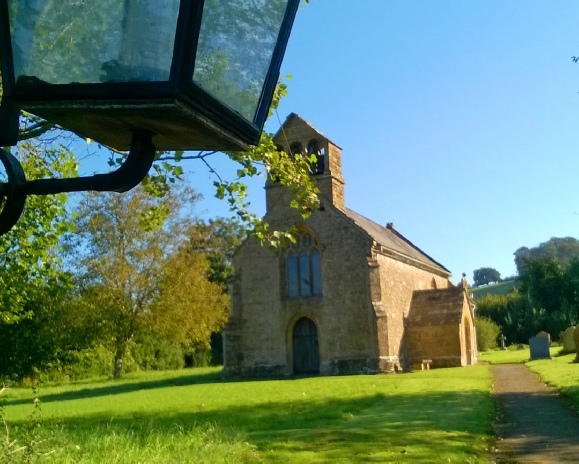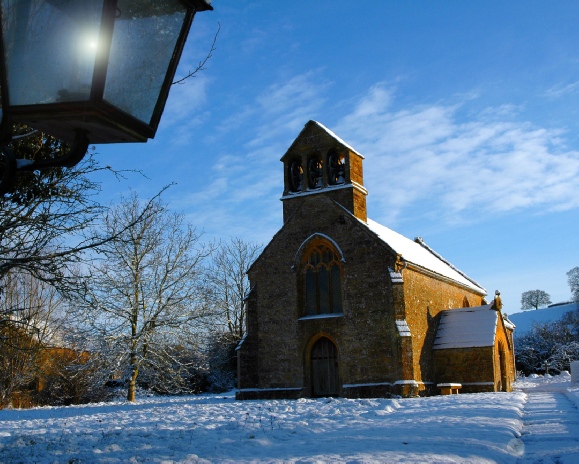


STOCKLINCH

The Landscape of South Somerset can best be appreciated by considering the pattern of the underlying geology. The map shows seven divisions with the oldest rocks in the west.
Red Marl Lowland peat and muds overlie the red marls; grassland and withy growing are adapted to the wet conditions.
Blue Lias Hills The Blue Lias is a grey limestone with shales and presents a steep face to the northwest, but slopes more gently to the southeast as a dip slope. It is the same rock formation as is seen at Lyme Regis. Much of the dip slope is ploughland. The towns and villages are mainly built of the characteristic grey stone and there are several working quarries producing good stone for new buildings and renovations. There are several wooded wildlife reserves along the escarpment.
Lias Clay Vale The Blue Lias disappears eastward below the Lias Clay Vale that is some five miles wide south of Langport. The heavier soils are difficult to cultivate in wet seasons and are best kept as grassland. The area still retains many cider orchards. The A37 from Yeovil to Shepton Mattel follows the Vale.
Sand and Limestone Hills A prominent feature is the escarpment of the Yeovil Sands that runs from the Ham Hill Country Park to Yeovil and then northward via Corton Denham to Castle Cary. Limestone caps many of the hills. This includes some of the most attractive landscape in South Somerset with deep, steep-
Clay Vales and Limestone Hills Clay and Limestone formations alternate in the east of the District to give typical scarpland features. The limestones produce a variety of attractive building stones whilst brick is used extensively in the vales.
Greensand Hills The Greensand Hills form the highest ground in South Somerset around Chard and also occur to the east where Alfred's Tower is a well known landmark.
By Hugh Prudden
Wildlife in South Somerset
The countryside in South Somerset is an ideal place for those interested in wildlife.
Badger, fox and lesser carnivores such as stoats and weasels frequent the area. It is not uncommon to see roe deer and prey species such as rabbit, vole and mouse. The quiet observer in the right place can see hedgehogs and water shrews, as well as reptiles and amphibians which are found throughout, especially in the watery lowlands. More bat species are recorded in this district than in most counties.
A great variety of birdlife exists,either as native or migrant species. Buzzards can be seen and heard in the skies, along with Harriers over the lowland moors. Winterime visitors include Snipe, Curlew, Godwit and many other waders. Wild swans and geese frequent the flooded Levels, their wild calls adding to the atmosphere. In summertime, warblers abound with Nightingales and Nightjars.
South Somerset is a rich habitat for invertebrates. In spring, butterflies such as the Brimstone, Red Admiral and Peacock varieties emerge from the hilltops and open spaces, to be followed in summer by Holly Blues and Painted Ladies. Dragonflies and Damselflies live by the streams and rivers. The call of Bush Crickets can be heard coming from hedgerows.
The area is rick too in flowers -
By Dennis Pearce, Yeovil & District Natural History Society
(These two articles have been published by Economy, Tourism and Arts Unit, South Somerset District Council tourism@southsomerset.gov.uk in their leaflet "Explore the South Somerset Countryside")
Come and explore the beautiful countryside and enjoy the lovely views around Stocklinch.
COUNTRYSIDE
| Corona Virus |